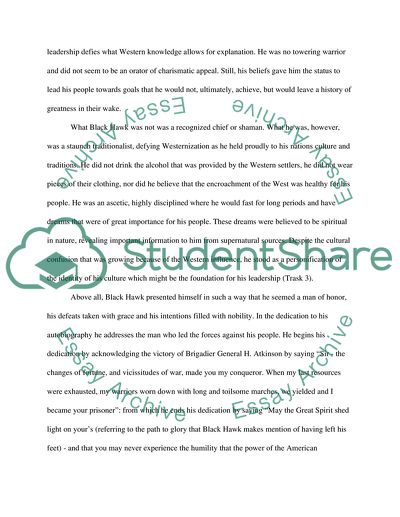Cite this document
(Black Hawk: The Misconceptions of the Treaty and White Encroachment of Research Paper, n.d.)
Black Hawk: The Misconceptions of the Treaty and White Encroachment of Research Paper. Retrieved from https://studentshare.org/history/1747318-the-autobiography-of-black-hawk-the-misconceptions-of-the-treaty-and-white-encroachment-of-indian-land
Black Hawk: The Misconceptions of the Treaty and White Encroachment of Research Paper. Retrieved from https://studentshare.org/history/1747318-the-autobiography-of-black-hawk-the-misconceptions-of-the-treaty-and-white-encroachment-of-indian-land
(Black Hawk: The Misconceptions of the Treaty and White Encroachment of Research Paper)
Black Hawk: The Misconceptions of the Treaty and White Encroachment of Research Paper. https://studentshare.org/history/1747318-the-autobiography-of-black-hawk-the-misconceptions-of-the-treaty-and-white-encroachment-of-indian-land.
Black Hawk: The Misconceptions of the Treaty and White Encroachment of Research Paper. https://studentshare.org/history/1747318-the-autobiography-of-black-hawk-the-misconceptions-of-the-treaty-and-white-encroachment-of-indian-land.
“Black Hawk: The Misconceptions of the Treaty and White Encroachment of Research Paper”, n.d. https://studentshare.org/history/1747318-the-autobiography-of-black-hawk-the-misconceptions-of-the-treaty-and-white-encroachment-of-indian-land.


